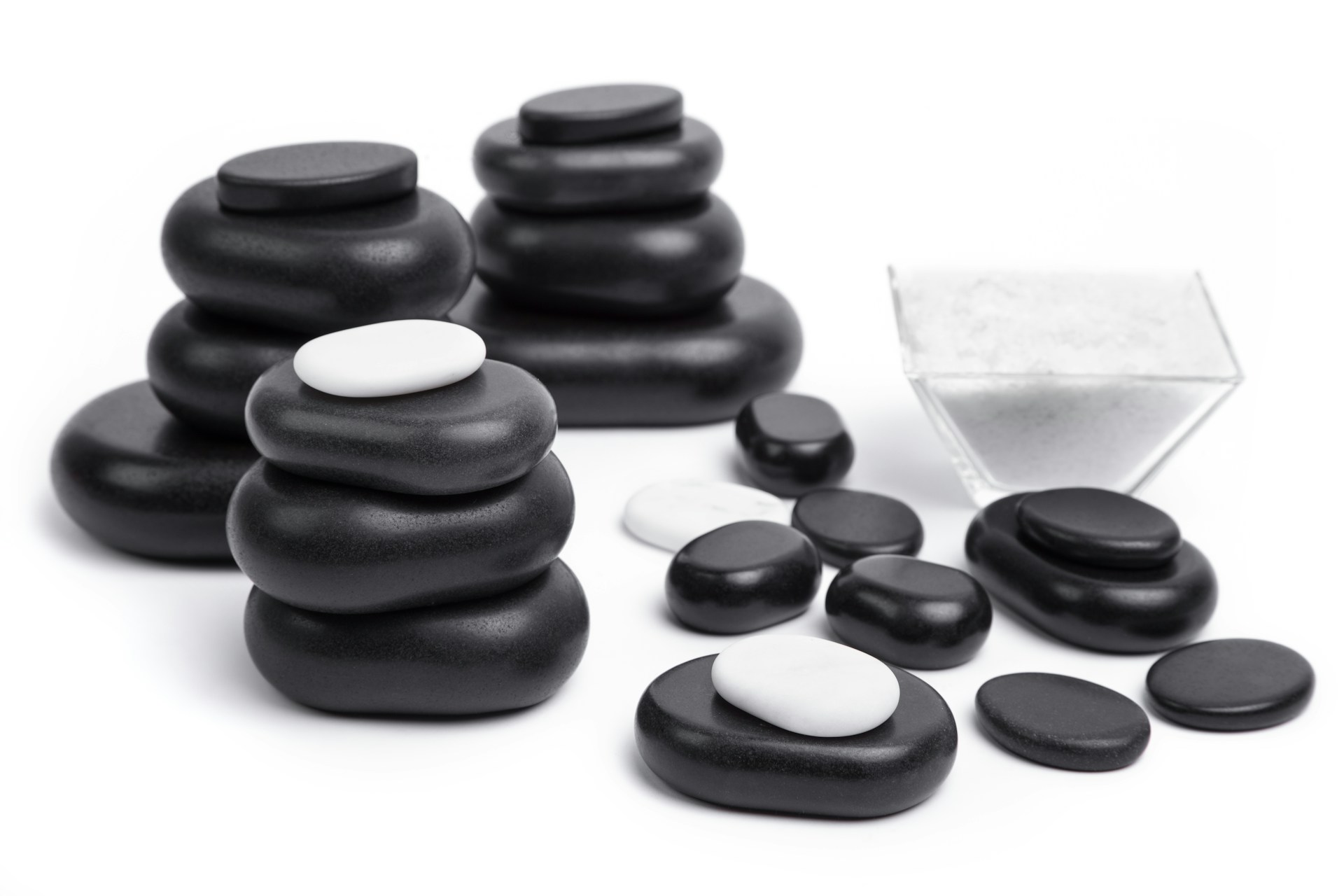Now Reading: Achieve True Relaxation with Proven Techniques
-
01
Achieve True Relaxation with Proven Techniques
Achieve True Relaxation with Proven Techniques

Stress has become a constant in modern life, impacting both physical and mental health. One effective solution gaining widespread recognition is massage therapy. Besides offering much-needed relaxation, it supports deep stress relief and enhances overall well-being. This blog explores evidence-backed methods and techniques, helping you understand why massage therapy is so effective and how to get started.*
Whether you’re curious about trying massage therapy or considering how to get a massage therapy license to build your skill set, this guide will walk you through its benefits and practical implementation.
Understanding the Connection Between Stress and the Body
Stress doesn’t exist just in the mind; it manifests physically. Tense shoulders, headaches, or insomnia often signal that stress is taking a toll.
This happens because stress activates the “fight-or-flight” response, increasing levels of cortisol—a stress hormone—while reducing hormones linked to relaxation.
Massage therapy directly counteracts these effects by lowering cortisol levels while boosting serotonin and dopamine levels, providing stress relief and relaxation.
Signs of Stress in the Body
- Chronic muscle tension (such as tight necks or stiff backs)
- Increased heart rate or rapid breathing
- Sleep disturbances and fatigue
Identifying these concerns early can help you determine where massage therapy can best serve you.
Tailoring Massage Techniques to Target Stress Points
Choosing the right massage type depends on personal needs and stress symptoms. The methods described below address stress more effectively than generic relaxation.
Swedish Massage for a Full-body Reset
One of the most popular methods, Swedish massage uses long, gentle strokes, combined with kneading and circular movements, to improve circulation and relax muscles.
Ideal for
- Beginners in massage therapy
- Full-body relaxation
- Releasing muscle knots caused by prolonged sitting
Deep Tissue Massage to Relieve Muscular Tension
Deep tissue massage is the go-to for addressing long-standing stress points by applying firm pressure to deeper muscle layers. It is particularly suitable for areas prone to chronic pain.
Ideal for
- Severe tension in large muscle groups (e.g., back, shoulders)
- Post-injury muscle stress
- Recalibrating tension-prone muscles
Incorporating Aromatherapy for Enhanced Relaxation
The therapeutic benefits of massage increase significantly when paired with essential oils. Aromatherapy complements the physical elements of a massage by engaging senses that promote mental relaxation.
Popular Essential Oils to Improve the Massage Experience
- Lavender for calming anxiety
- Peppermint to relieve tension headaches
- Eucalyptus for overall invigoration
Be sure to consult your therapist beforehand to select oils that best suit your relaxation and health goals.
Building Stress Relief into Your Weekly Routine
Consistency is key to sustained benefits. Whether it’s receiving professional sessions or learning techniques at home, incorporating massage therapy into your weekly schedule ensures long-term results.
Tips for Scheduling Regular Relaxation
- Make appointments well in advance to avoid procrastination.
- Alternate between light massages and deep tissue therapy for balance.
For enthusiasts considering a long-term relationship with massage, pursuing how to get massage therapy license may allow you to explore this practice on a deeper level.
The Role of Self-Massage in Managing Daily Stress
While professional therapists are highly effective, self-massage can also work wonders between appointments. Using simple tools like handheld massagers or foam rollers, you can focus on problem areas such as the back, neck, and feet with minimal effort.
Self-massage techniques:
- Use tennis balls on stiff shoulders by gently rolling under pressure.
- Relieve lower back aches with circular movements using knuckles on tight zones.
Self-guided approaches provide relief wherever you are—ideal for busy professionals.
Selecting a Therapist with Expertise You Trust
Finding the right massage therapist ensures a tailored and effective experience. Here’s how to vet your options before committing to therapy.
Qualities When Searching for Therapists:
- Verified training or certifications, ideally in specialty therapies.
- Transparent session pricing.
- Positive client testimonials or reviews.
Those considering professional practice may benefit greatly from exploring how to get a massage therapy license to ensure credibility and legal compliance.
Rediscover Calm Through Massage
Massage therapy offers far more than momentary relaxation—it’s an investment in your mental and physical health.
Whether you’re experiencing muscle tension from work stress or seeking calm amidst the chaos, personalized massage techniques can help you find balance and relief.
Aim to integrate massage into your routine to feel its cumulative benefits. If this guide has inspired you to take your passion further, don’t hesitate to look into options for obtaining a massage therapy license and joining this growing field.



























